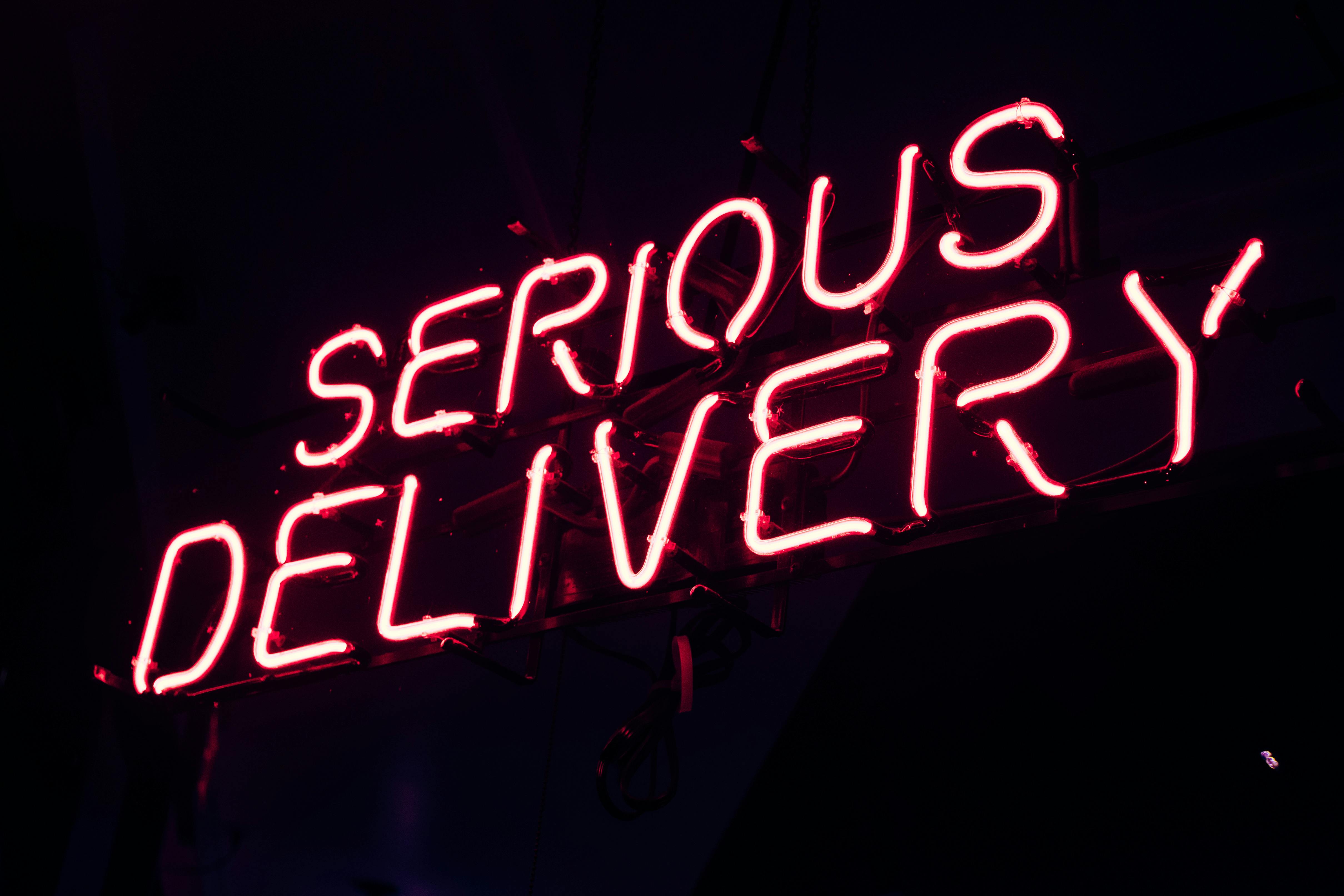Why Sustainable Branding Matters (And No, It’s Not Just a Trend)

Let’s face it: "sustainability" has become a buzzword. But before you roll your eyes and think this is just another fleeting trend, let me stop you right there. Sustainable branding isn't about slapping a green label on your product and calling it a day. It's about creating long-lasting, responsible connections with customers who genuinely care about what you stand for.
Here’s the thing — doing good for the planet isn’t just "nice." It’s profitable. 66% of global consumers are willing to pay more for sustainable goods, according to a 2023 NielsenIQ study, with over 70% of millennials and Gen Z leading the charge. These two generations will make up the majority of the consumer market by 2030, so if your brand isn’t focused on sustainability, you risk missing out on a large chunk of potential customers.
And it’s not just consumers pushing for sustainability. In a survey by McKinsey, 75% of investors say they are interested in sustainable investments, and brands with strong ESG (Environmental, Social, and Governance) criteria often receive more favorable investment opportunities. So, doing good for the planet might just do wonders for your bottom line, too.
1. Get Clear on What Sustainability Means for Your Brand
Sustainability isn’t a one-size-fits-all situation. What works for a fashion brand won’t necessarily make sense for a skincare line. The trick is to align your brand’s values with the impact you want to make.
Materials: Are your products made from eco-friendly, recycled, or sustainable resources? The Ellen MacArthur Foundation estimates that only 9% of global plastic gets recycled, so consider how your material choices can make a real difference.
Production: How are your products made? Minimizing energy usage, water consumption, and waste is key. For instance, the fashion industry alone consumes about 93 billion cubic meters of water annually. Rethink your manufacturing processes to reduce this.
Packaging: If your product comes wrapped in three layers of plastic, let’s have a chat. According to the United Nations, more than 8 million tons of plastic end up in the oceans each year. Can you switch to compostable, recycled, or minimalistic packaging?
2. Build a Timeless Brand Identity – Design for the Long Haul
Sustainable branding is not just about a snazzy logo that rides the current wave of trends. True sustainability in branding goes deeper—it’s about building an identity system that evolves with your brand and remains relevant, year after year.
Strategy First, Design Second: Start with a solid brand strategy that reflects your core values, mission, and the impact you want to have on the world. According to Forrester, 45% of consumers are more likely to choose brands that stay consistent with their mission, especially those focusing on social and environmental causes.
Longevity in Design: Avoid trendy, overly complex designs that will need to be rebranded in a couple of years. Instead, focus on a clean, versatile, and enduring identity. Think about brands like Patagonia, which generated over $1 billion in revenue in 2022, proving that a consistent, values-driven brand identity pays off in the long term.
Scalability: Your brand identity should be flexible enough to grow with your company. That means designing a system where your logo, typography, and other visual elements can scale across different platforms—digital, packaging, retail, and beyond.
Visual Consistency: Make sure your identity is cohesive across all brand touchpoints. Brands like Everlane master this. Their simple, clean design aesthetic permeates everything they do, which has helped them build a base of environmentally conscious consumers.
3. Make It Authentic – Greenwashing is Out
We all love a good marketing story, but if your sustainability claims are fluffier than a cloud, customers will catch on. Greenwashing—making unsubstantiated or exaggerated claims about eco-friendliness—is the quickest way to lose trust.
Be honest, transparent, and real. If you’re taking steps toward sustainability but aren’t perfect, own it! Consumers appreciate progress over perfection. Brands like Allbirds and Veja do this excellently, openly sharing their journey toward reducing their carbon footprints, while acknowledging they’re not perfect yet. In fact, Allbirds has committed to reducing its carbon footprint to nearly zero by 2030, making them a leader in transparent sustainability goals.
4. Create a Sustainable Brand Experience
It’s not just about your product—your entire brand experience should embody sustainability. Here’s how:
Brand Story: Tell your sustainability story loud and proud, and weave it into every touchpoint—your website, social media, packaging, and more. Ben & Jerry’s does this well by integrating their activism, from climate change to social justice, into their brand narrative. As of 2021, 72% of consumers prefer to purchase from brands that are aligned with their social and environmental values.
Customer Engagement: Involve your customers in the sustainability process. Encourage them to recycle, reduce waste, or join your eco-friendly initiatives. For example, IKEA launched a furniture buy-back and recycling program, encouraging customers to return their old furniture rather than toss it. This move aligns with their goal of becoming fully circular by 2030.
Supply Chain Transparency: Consumers love to know where their products come from, so make sure your supply chain is as transparent as possible. Everlane sets the bar with their “Radical Transparency” model, where they disclose the true cost behind every product, including materials, labor, and transportation.
5. Set Realistic Goals – And Shout About Them
Instead of claiming that your brand will “save the world” by 2025, set specific, measurable goals. Maybe you want to reduce plastic in your packaging by 50% over the next year or move toward 100% renewable energy in your production. Whatever it is, make it clear, measurable, and achievable.
Now here’s where the fun part comes in—share those goals with your audience! Not only will it build trust, but it’ll also encourage them to be a part of your journey. Unilever has already reduced their plastic use by 15% since 2019 and aims to make all their plastic packaging fully recyclable, reusable, or compostable by 2025.
6. Continuous Improvement – Sustainability is a Marathon, Not a Sprint
Sustainable branding is an ongoing process. You don’t just implement a few changes and then move on. Continuously assess your brand’s environmental and social impact and keep looking for ways to improve. Sustainability is a long game—think about the future, not just the next product launch.
Wrapping it Up
At the end of the day, sustainable branding is about doing the right thing—for your business, your customers, and the planet. It’s more than a trendy label; it’s a way to future-proof your brand and ensure long-term success.
Building a timeless brand identity and sustainable strategy is like investing in the long game of your business. Quick, trendy logos are like fast fashion—here today, gone tomorrow. A thought-through identity system, though? That’s like a great leather jacket—it only gets better with time.
Sources:
NielsenIQ study on consumer willingness to pay more for sustainability
Image: Unsplash/Clark Tibbs


